
Bali – Indonesia’s most popular tourist destination, celebrated for dramatic volcanoes carpeted in forests, meticulously managed rice paddies, black sand beaches, and coral reefs. Making up a population of over 4 million, the Balinese are also known for their warm welcome and highly refined and diverse traditional and modern arts. Tourism accounts for around 80% of Bali’s economy, but most visitors only scratch the surface of this spectacular corner of the world. We’re here to fill you in on some of the most fascinating facts about Bali!
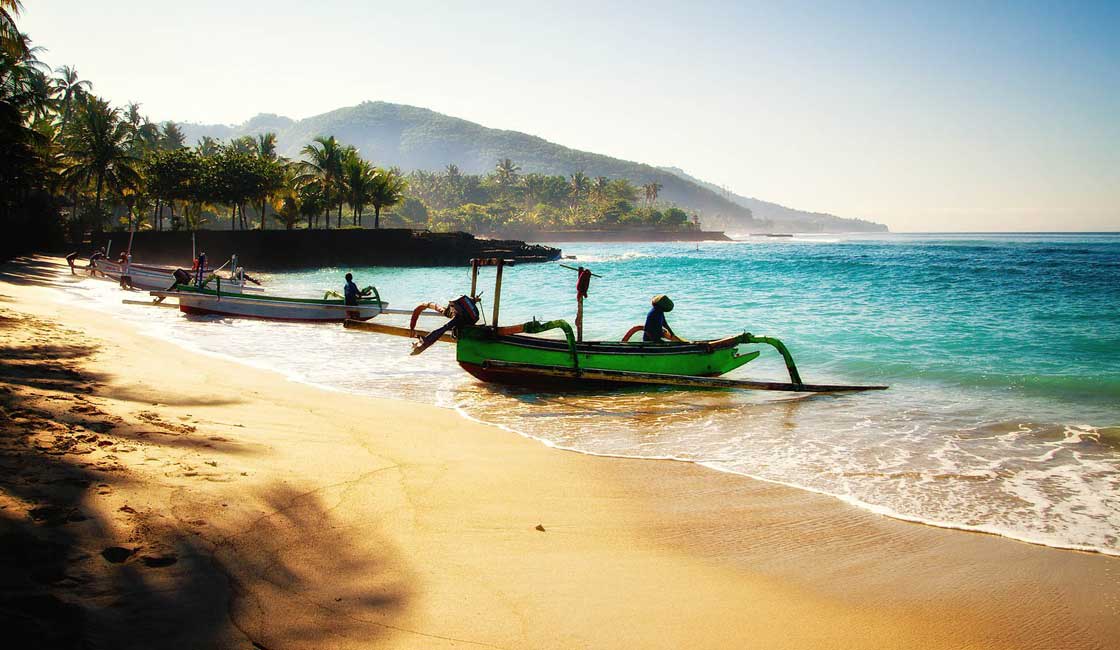
Balinese boats
Bali is a province of Indonesia and is the western-most part of the Lesser Sunda Islands (with the Nusa Tenggara island chain to the East, and the island of Java to the West). It is in fact made up of four islands – the island of Bali and another much smaller three off the southeastern coast, called Nusa Penida, Nusa Lembongan and Nusa Ceningen.
The prehistoric island of Bali has many volcanic mountainous peaks that reach over 2000 meters in elevation. Cherished by so many, Bali is known by several different names, such as The Island of Love, Morning of the World, The Island of Peace, The Island of Gods, and The Island of Hinduism.
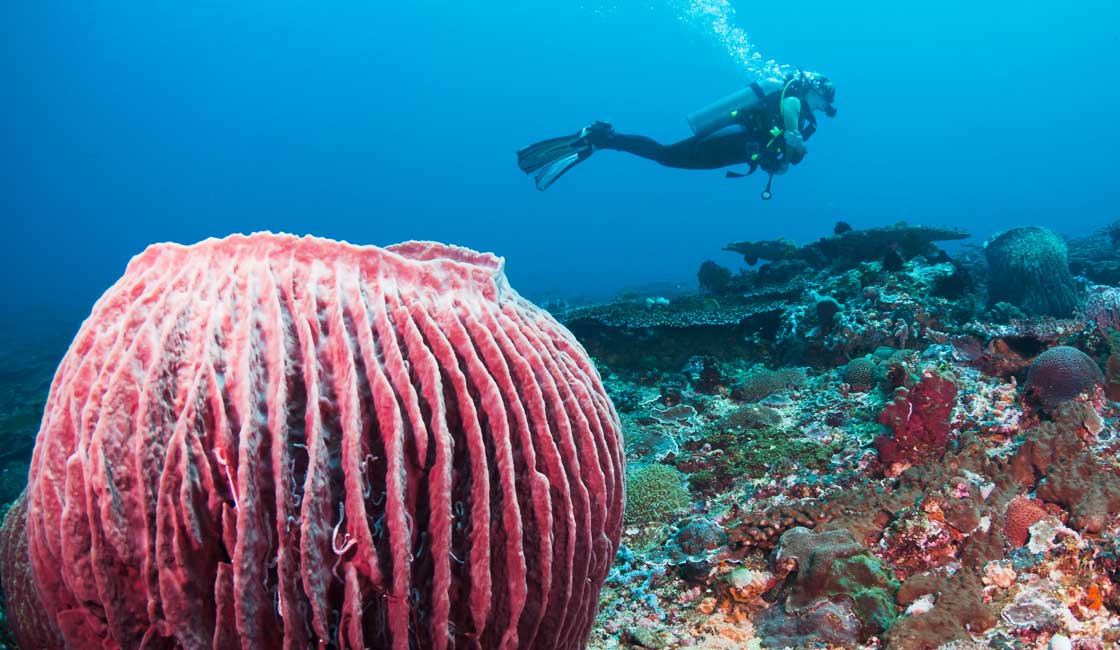
Incredible dives
Is there any wonder why Indonesia is considered one of the top spots for snorkeling and diving? It is part of a richly biodiverse area of the tropical sea called the Coral Triangle, which incorporates the Philippines, Malaysia, Papua New Guinea, Solomon Islands, and Timor-Leste.
The glittering coast of Bali is one gateway to this area of incredible marine biology. With 76% of all known species of coral, over 3000 species of fish, and a huge range of other marine life, it is now a top priority for marine preservation. In fact, the Coral Triangle is known as the ‘Amazon of the Seas’ for its beautiful tapestry of underwater life.
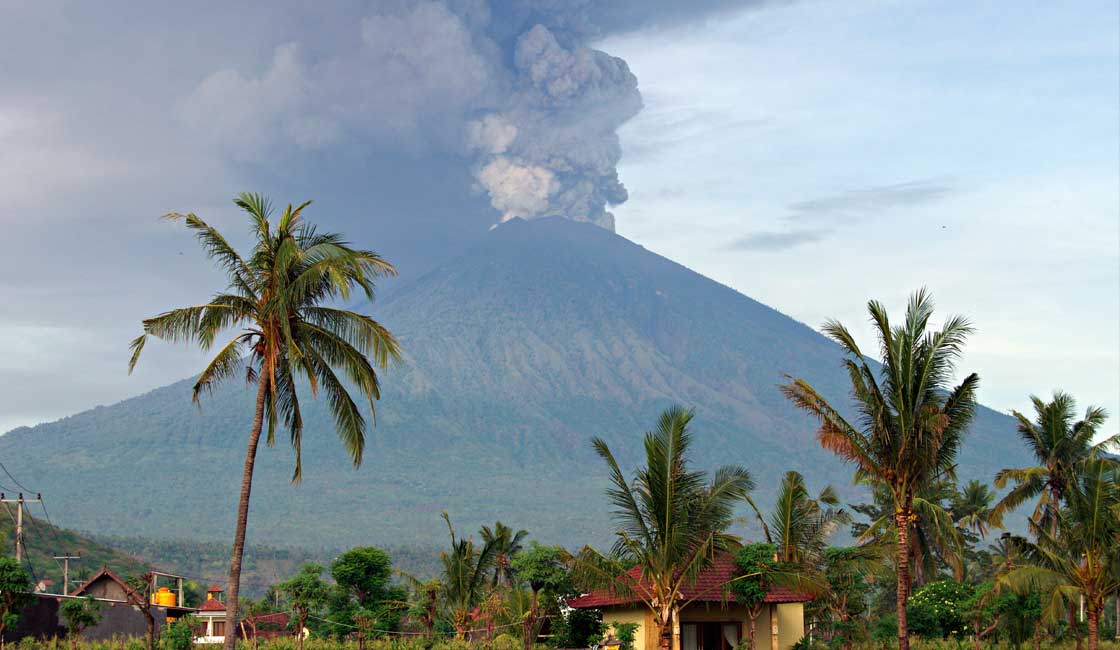
A spectacle by Mount Agung
Bali has two active volcanoes called Mount Agung and Mount Batur, which tower up over Bali reaching over 3000 meters. They are very much still alive and kicking, awaiting those on the adventure tours.
Mount Agung catastrophically erupted in 1963 and caused around 1,500 deaths, while Batur’s last eruption in 2000 thankfully had no fatalities. It is thought to be an incredibly sacred place – the home of the gods. In fact, this belching volcano is how the Balinese tell their cardinal points – North is always in the direction of Mount Agung, no matter where you are. So even if you’re in a place to the north of the mountain, Agung would still be in the North, rather than the South!

One of the rituals
Although Indonesia is a Muslim-majority country, Bali once again sings to a different tune. Along with Nepal, it is the only place outside India where Hinduism is the primary religion.
Being a Hindu country, it adheres to a caste system (a system of social hierarchy). However, unlike other Hindu societies, this is not quite as strict, and it is not uncommon for people of different castes to socialize and intermarry.
The Balinese system has four castes. These are Shurdras (the lowest rank and common people, comprising 90% of Bali’s population), Wesias (merchants and business people), Ksatrias (warriors and nobility), and Brahmins (priests and teachers).

Ulun Danu Beratan Temple
Bali is sometimes called the Island of a Thousand Temples. And it’s no wonder – it houses over 20,000 temples (not including the myriad of private or unofficial places of worship). Every village has at least three principal temples, called Pura Puseh, Pura Desa and Pura Dalem. All temples (and private places of worship) are positioned in the direction of Mount Agung so they can pray to the gods.
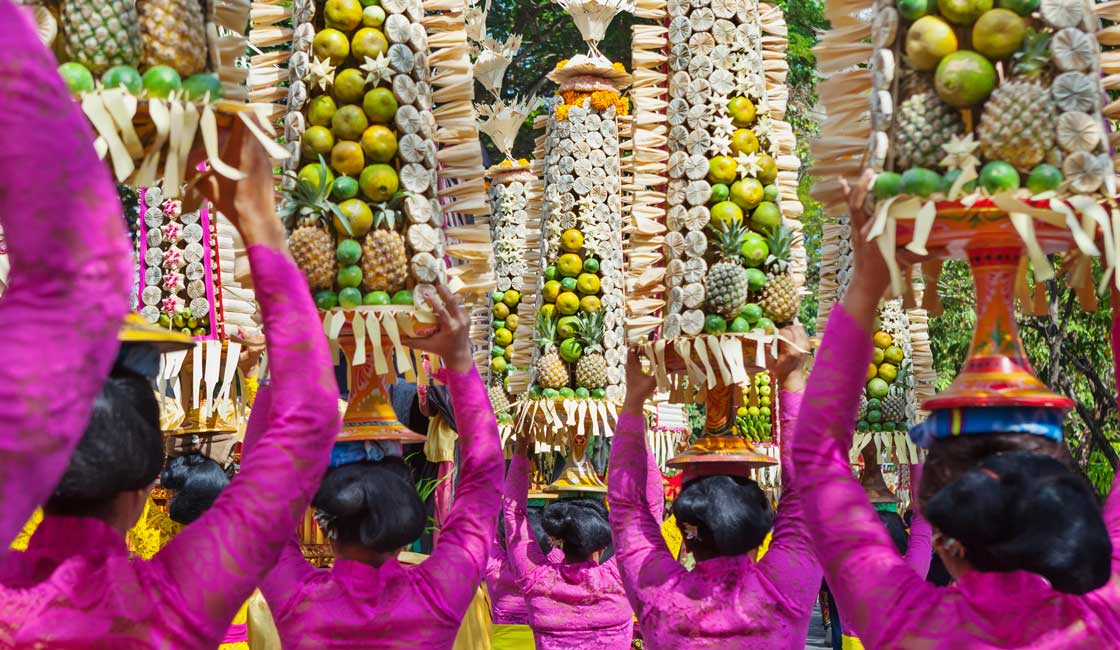
Photogenic Bali
For the Balinese, there is much to celebrate in life. They have a ceremony for every new stage of life – at birth when a child is named, all the way through to death.
The death ceremony is called Ngaben, and considered the most important of all because it marks the departure of the soul from the body. Cremation is an expensive affair. Often, the body is not immediately cremated but will be buried until the family can afford to perform a cremation ceremony.
The coming-of-age ceremony is also a very important moment in a Balinese person’s life. This is often called the tooth-filing ceremony, and the six front teeth are filed down in order to control the six human evils (greed, anger, desire, confusion, jealousy, and drunkenness).
Balinese babies don’t touch the ground for the first few months of their lives! They are seen as little angels that mustn’t break their connection to the spirit world by alighting on the earth. When the time comes to finally touch the ground – after about three months – the family holds a ceremony to mark the occasion.
The Balinese have a very interesting naming system. In Bali, there are just four names that are used by everyone: Wayan, Made, Nyoman and Ketut. These four names simply mean ‘first born’, ‘second born’, ‘third born’ and ‘fourth born’. If the family has a fifth child, they go back to the start and call it Wayan. To make it even simpler – these names are the same for both boys and girls! As everyone has the same names, descriptive nicknames are used.
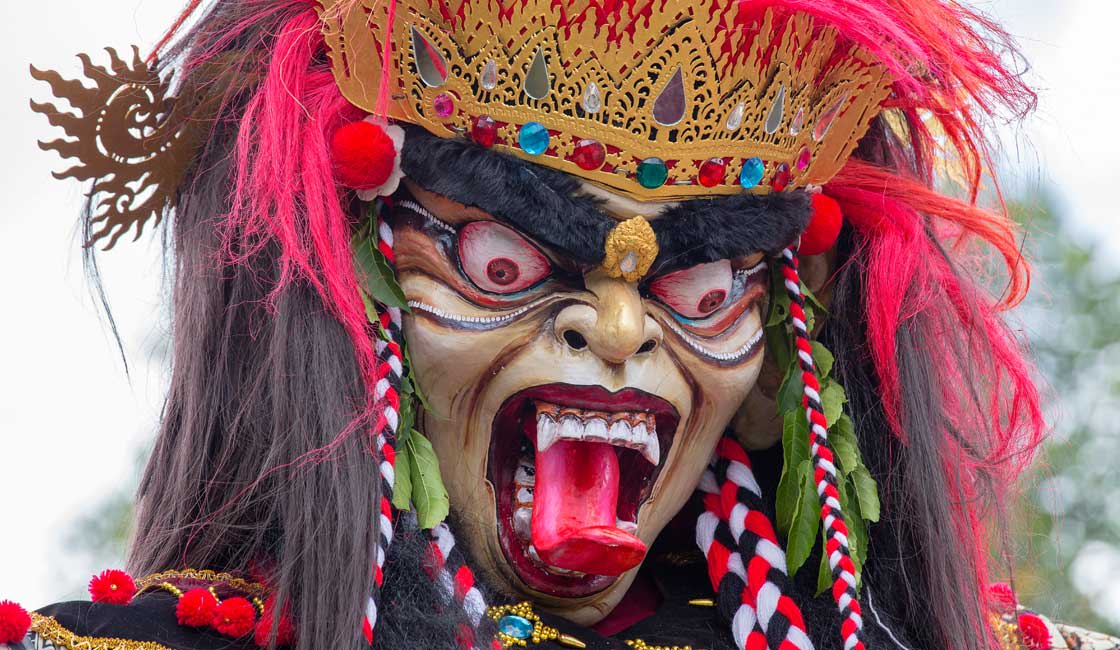
Traditional Balinese masks
Nyepi Day is unique to Bali, and is the Balinese celebration of New Year. It is known as the ‘day of silence’ and is the only time of the year where the hustle and bustle of daily life on the islands shuts down. All work, travel, noise and even light is kept to a minimum or stopped altogether. The day is spent in silence and meditation, rituals and sacrifices – and work is absolutely forbidden!
Time in Bali runs at a different pace – quite literally! The Bali year is only 210 days long, with a ten week system. This is known as the Pawukon Calendar and can be a little confusing – although Balinese people use this old calendar to give their birthdays, they use the Western Calendar to judge their age!
Bali is one of the few places where you can purchase the most expensive coffee in the world: Kopi Luwak. This is a coffee bean like no other – collected from the droppings of civet! A civet is a small cat-like creature that eats coffee cherries but does not digest the bean. These beans are then gathered and treated like normal coffee, but have a unique taste! One single cup can cost as much as 50 dollars.
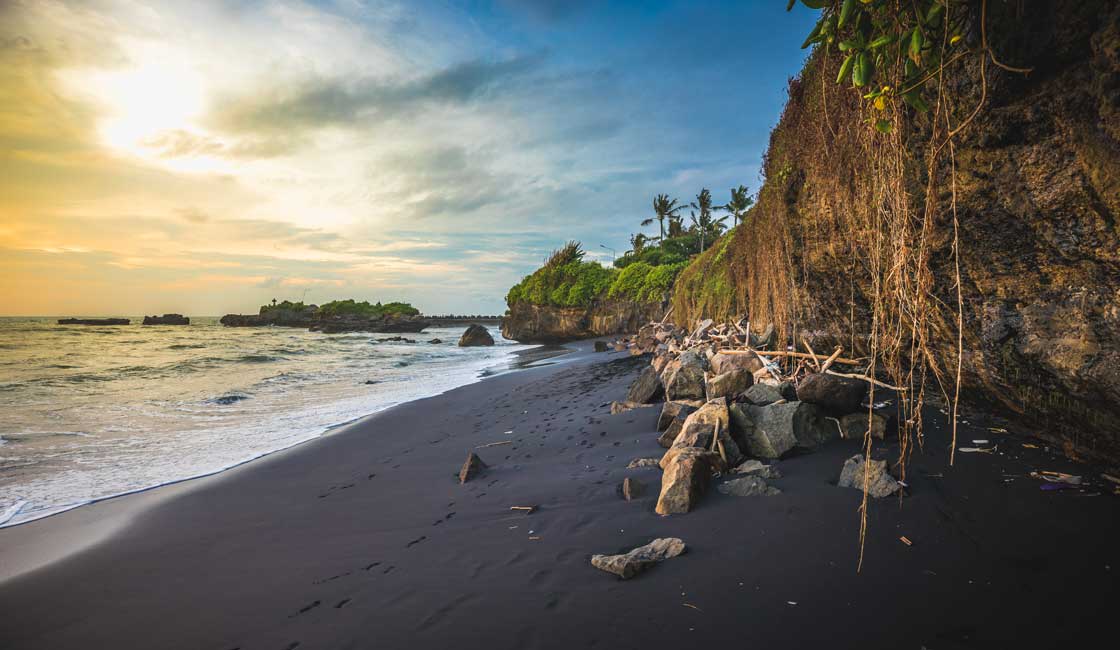
The black beach is in fact …black
Although Bali is known worldwide for its gorgeous white beaches, it is also home to unique and remarkable shores of black sand. These unusual coastlines (found especially in the North-West) are a spectacular sight. Formed by the cooling down of lava from Bali’s volcanoes, this sand has become an attraction for visitors from all over the world.
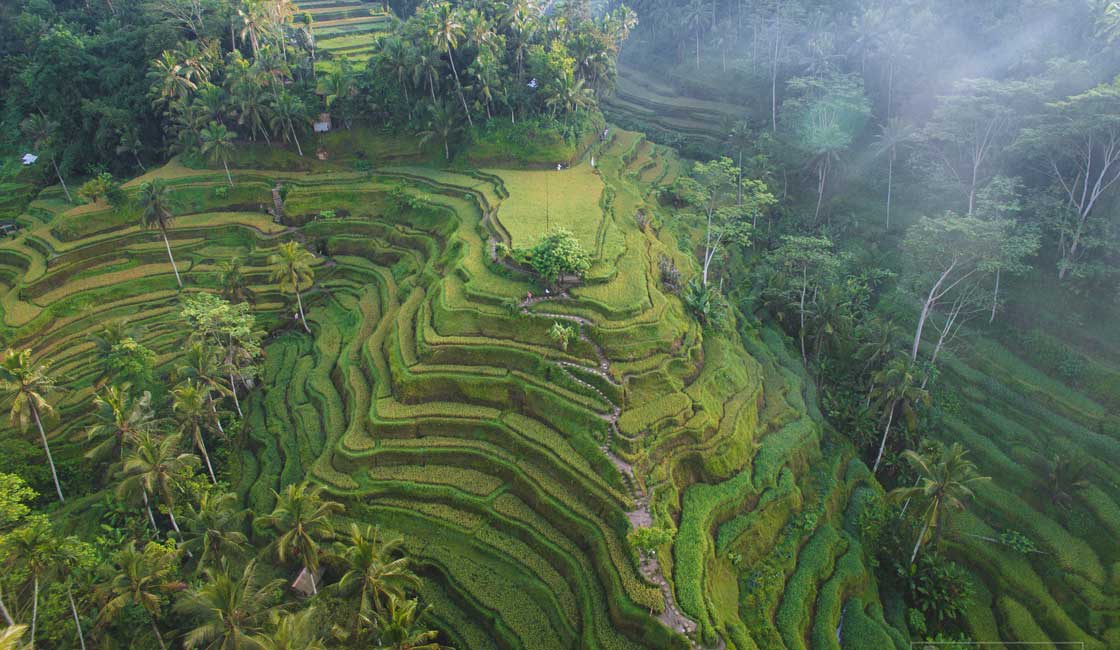
Interesting walk among the terraces
Developed way back in the 9th century, Bali is famous for its complex water management system known as Subak. This sophisticated system of terraced rice fields is UNESCO World Heritage-listed, and sites like the Tegalalang Rice Terrace are visited by tourists all year round.
Bowie’s death shocked the world in 2016, and it was discovered that in his will, he had requested for his ashes to be scattered in Bali.
While Rainforest Cruises aim to provide accurate and up-to-date information, we make no representations as to the accuracy or completeness of any information herein or found by following any link on this site. Rainforest Cruises cannot and will not accept responsibility for any omissions or inaccuracies, or for any consequences arising therefrom, including any losses, injuries, or damages resulting from the display or use of this information.




